Authors: Wisconsin Department of Natural Resources, Minnesota Department of Natural Resources, University of Wisconsin Division of Extension, Extension Lakes University of Wisconsin-Stevens Point College of Natural Resources
Why Alternatives?
Flowers, grasses, and sedges are great additions to your gardens and home landscape to intercept and control dirty water, store and cycle carbon, promote healthy soil, shelter and feed wildlife, and provide pollinator support. Over time, we have learned that many plants introduced into our gardens can negatively impact native species by spreading into natural areas. This publication suggests alternative plants that:
• Share desired ornamental and environmental features.
• Grow in the Upper Midwest successfully.
• Are available from nurseries and garden centers.
• Will be unlikely to escape from cultivation or cause harm.
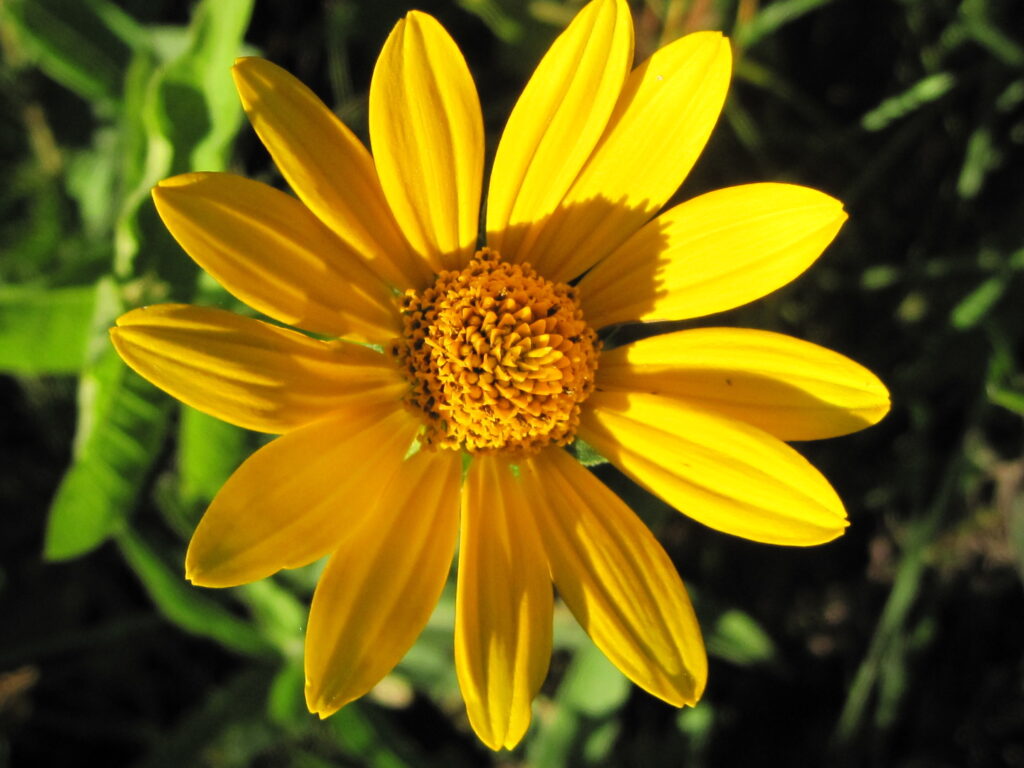
A beautiful garden and yard for a healthy environment
Gardeners have many goals in mind when they choose their plants: beauty, structure and design, water quality and stormwater control, attracting birds, and more. Invasive species can outcompete native plants and animals for food, shelter, or habitat. They cost millions of dollars annually to manage and millions more in lost revenue for businesses, natural resources, and recreation. By choosing wisely for our landscapes, we reduce the risk of these species causing harm.
Why use native plants?
Although we can safely have many non-native plants in our gardens, native plants which evolved with the area’s birds, insects, and other wildlife will provide the best shelter and food. You can make your garden an ecological oasis for them. Native plants can be just as attractive, and are likely hardier, than non-native plants.
Sources for native plants, as well as cultivars of those plants, include garden centers, specialty growers, and landscapers. Many states have growers that specialize in their native plants as well as seeds. Be careful of sources found online. Although selling plants to people in states where they are listed as invasive is usually illegal without permits, some sellers operate without knowing or without being concerned about the laws.
Visit Wisconsin DNR at dnr.wi.gov and search:
• Wisconsin Native Plant Nurseries
• Wisconsin Restoration Contractors
Visit Minnesota DNR at dnr.state.mn.us and search:
• Native plant suppliers, landscapers, and restoration consultants
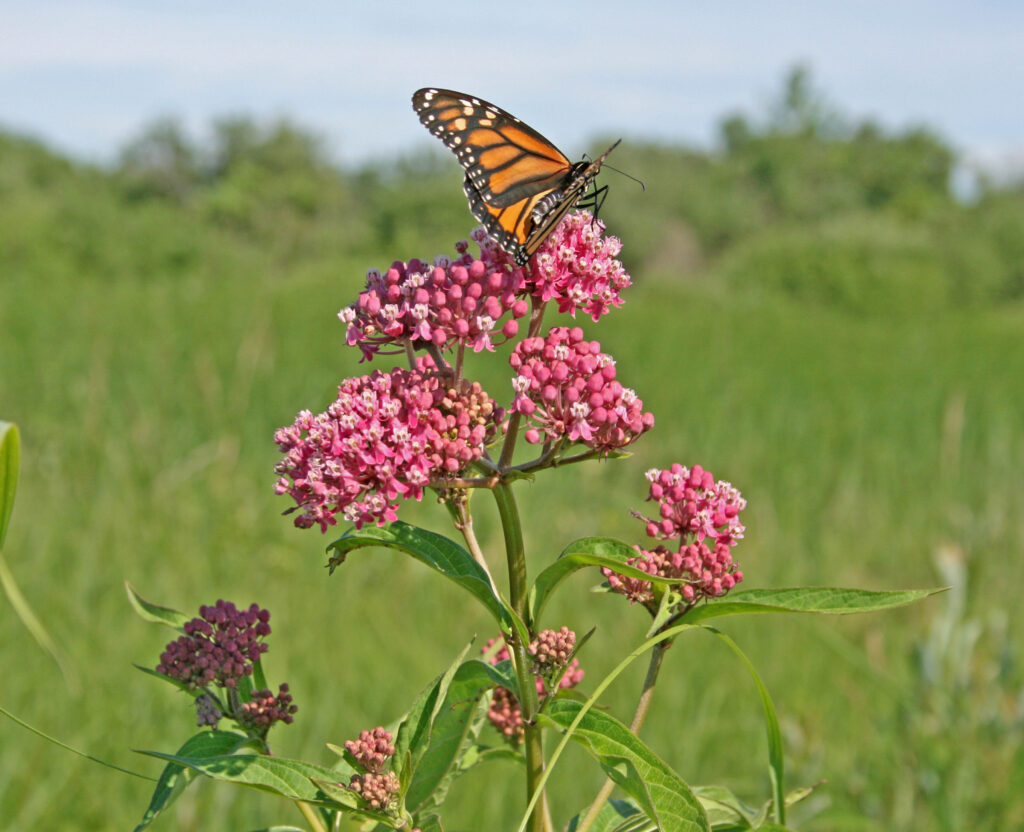

What are invasive plants?
Invasive plants are non-native plants that cause economic or environmental harm or harm to human health. Midwest states have somewhat different regulations regarding invasive species. For more information on invasive species and regulations in your state, check with your state’s natural resources agency.
Tips for invasive-free gardens
• There are many books and online resources (see below) that can help you find safe, non-regulated plants that can fill the same functions of color and structure for your garden.
• Avoid plants described as “spreads easily” or “fills in quickly.”
• Never dump yard waste into natural waters or landscapes. Options for disposal can vary by state and locality. In Wisconsin, put invasive plants into garbage bags and label them “Invasive-Approved for Landfill by WDNR.” In Minnesota, search
“noxious weed disposal” on the Department of Agriculture’s website.
• Home composting may not destroy all reproductive parts. Monitor areas where compost is spread for unintended plant growth.
• Check purchases for unexpected hitchhikers such as snails, crayfish, plant fragments, seeds, etc.
• Please don’t share plants. Sharing plants with friends and family has resulted in the accidental spread of many hidden invasive species, including jumping worms (Amynthas species).
• Collecting wild plants is often illegal and risks damaging native habitat.

Groundcover Plants in Dry Habitats

Groundcover Plants in Moist Habitats

Woodland Flowering Plants

Grasses and Sedges

Tall and Showy plants

Additional Resources:
View Regulated Species from the Wisconsin DNR or Invasive Terrestrial Plants from the Minnesota DNR
Report an invasive species by emailing Invasive.species@Wisconsin.gov
Check out the Technical Guidance (Native Planting Companion) and Guide to Native Plants at healthylakeswi.com
Landscaping with Native Plants to Ward Off Invasives & Benefit Wildlife (A Homeowner’s Guide)
Steps for Adding Native Plants to your Property

Think you’ve found a new invasive species or are having trouble with one on your property?
Check your DNR invasive species pages for identification, status, and how to report.
Acknowledgement:
Lauren Mortensen for general support and web editing.
All photos by Patrick Goggin unless otherwise noted.
CC = Creative Commons link to license
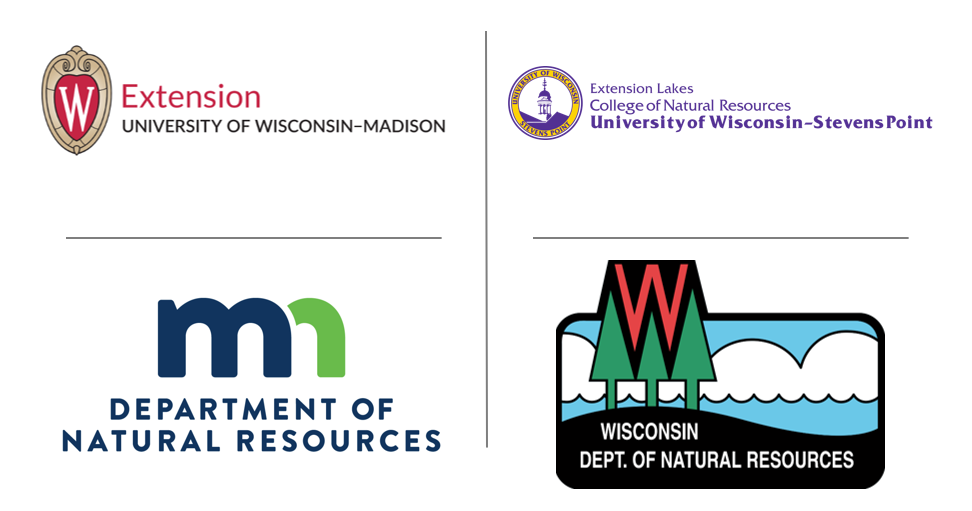
Download Article

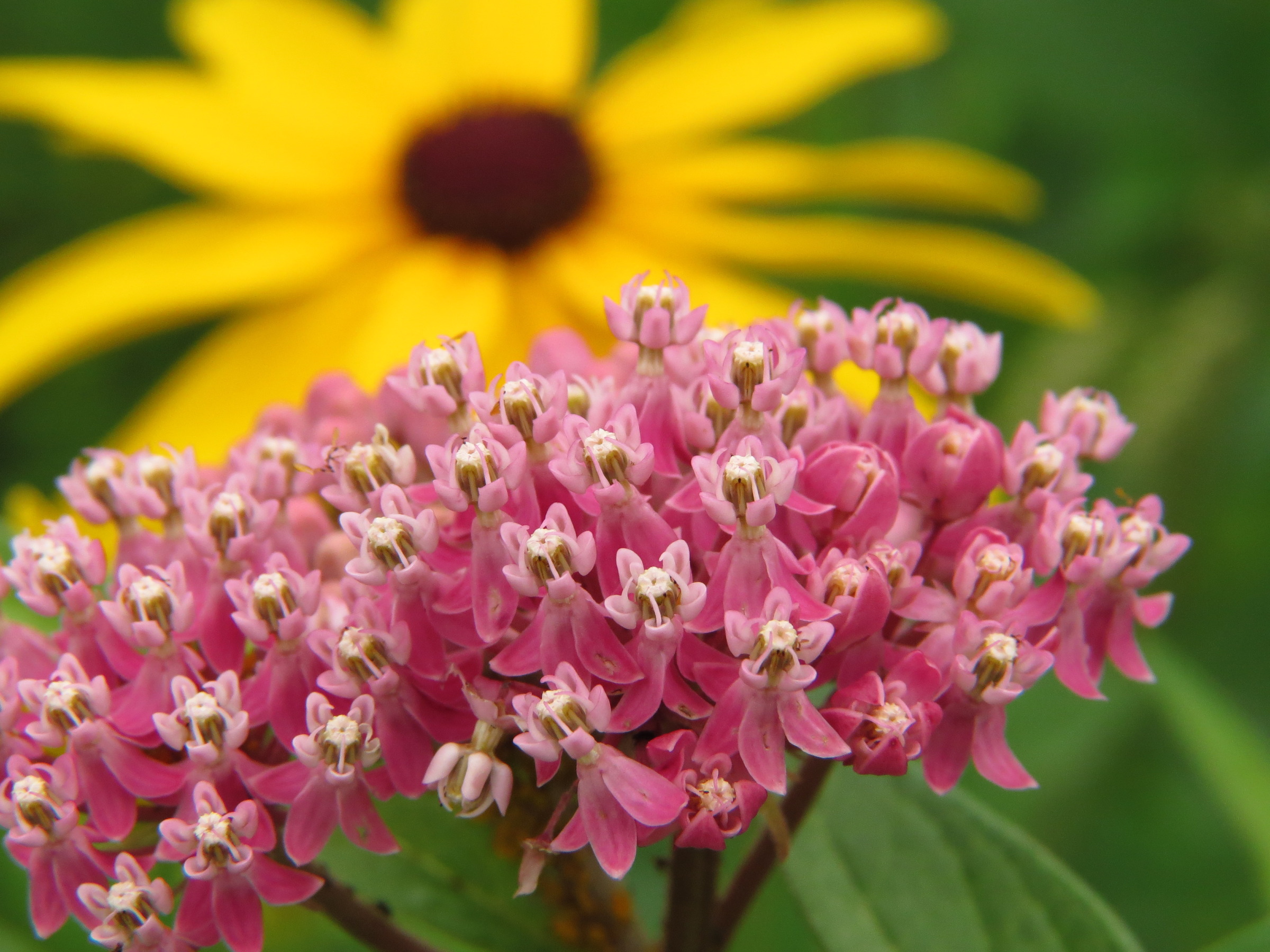




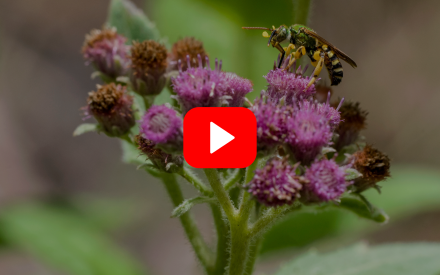 ▶ Watch: Pollinator Gardens: Plant Selection and Garden Care
▶ Watch: Pollinator Gardens: Plant Selection and Garden Care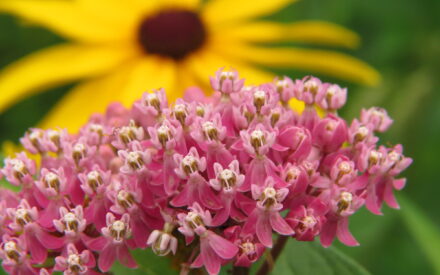 Landscaping Alternatives for Terrestrial Invasive Flowers and Grasses
Landscaping Alternatives for Terrestrial Invasive Flowers and Grasses Landscaping Alternatives for Common Invasive Wetland and Aquatic Plants
Landscaping Alternatives for Common Invasive Wetland and Aquatic Plants Marigolds
Marigolds


